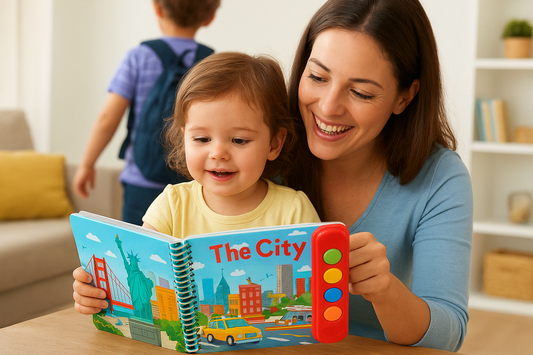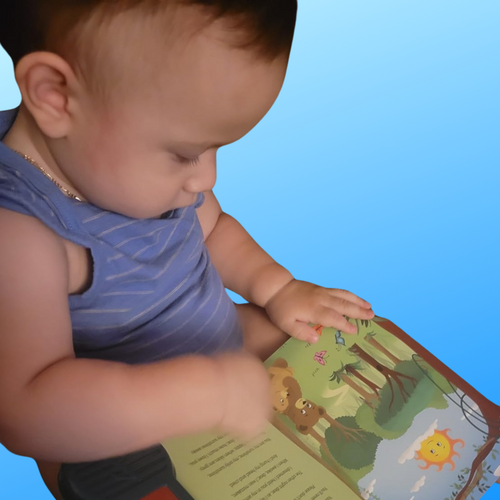Picture books have long been a cherished part of childhood, serving as gateways to magical worlds, imparting valuable life lessons, and igniting the flames of imagination. While the stories themselves play a crucial role in a child's development, it's the illustrations within these books that often make the most significant impact.
- Visual Engagement
Humans are inherently visual creatures. From the moment we are born, we rely on our eyes to explore and make sense of the world around us. Picture books cater to this natural inclination by presenting a visual feast that captures a child's attention. The vibrant colors, intricate details, and imaginative settings not only draw young readers into the story but also hold their interest, making the learning experience enjoyable.
- Comprehension and Vocabulary
Illustrations play a vital role in aiding comprehension and expanding a child's vocabulary. When young readers see a picture that corresponds to a word, they start making connections between the visual and verbal representations. This process helps them understand the meaning of new words and concepts. For instance, when a child sees a picture of a roaring lion in a book, they not only learn the word "lion" but also grasp the concept of what a lion looks like and how it behaves.
- Stimulating Imagination
Picture books stimulate a child's imagination by offering a visual canvas for their creative thoughts to flourish. The images serve as prompts, encouraging young readers to imagine themselves in the story, travel to far-off lands, or become the brave protagonist on a grand adventure. As they engage with the illustrations, children develop the ability to think creatively and express their ideas more vividly.
- Emotional Connection
Illustrations in picture books evoke emotions and empathy in children. Expressive characters with relatable facial expressions allow kids to connect with the story on an emotional level. Whether it's the joy of a character's triumph, the sadness of their struggles, or the excitement of their discoveries, illustrations help children understand and relate to a wide range of feelings and situations.
- Cultural Awareness
Picture books often feature diverse characters and settings, providing children with a window into different cultures and perspectives. Through illustrations, children can explore worlds and traditions beyond their own, fostering cultural awareness, empathy, and an appreciation for diversity from an early age.
- Visual Literacy
Understanding visual cues and interpreting images are crucial skills in today's visually-driven world. Picture books lay the foundation for visual literacy by teaching children how to read and analyze images. They learn to follow visual narratives, decipher symbols, and infer meaning from illustrations – skills that are valuable in interpreting information in various media formats.
- Bonding and Family Time
Reading picture books together creates valuable bonding moments between parents and children. When parents or caregivers engage in shared reading experiences, they can ask questions about the illustrations, discuss the story, and encourage their child's curiosity. These interactions not only enhance the learning experience but also strengthen family connections.





